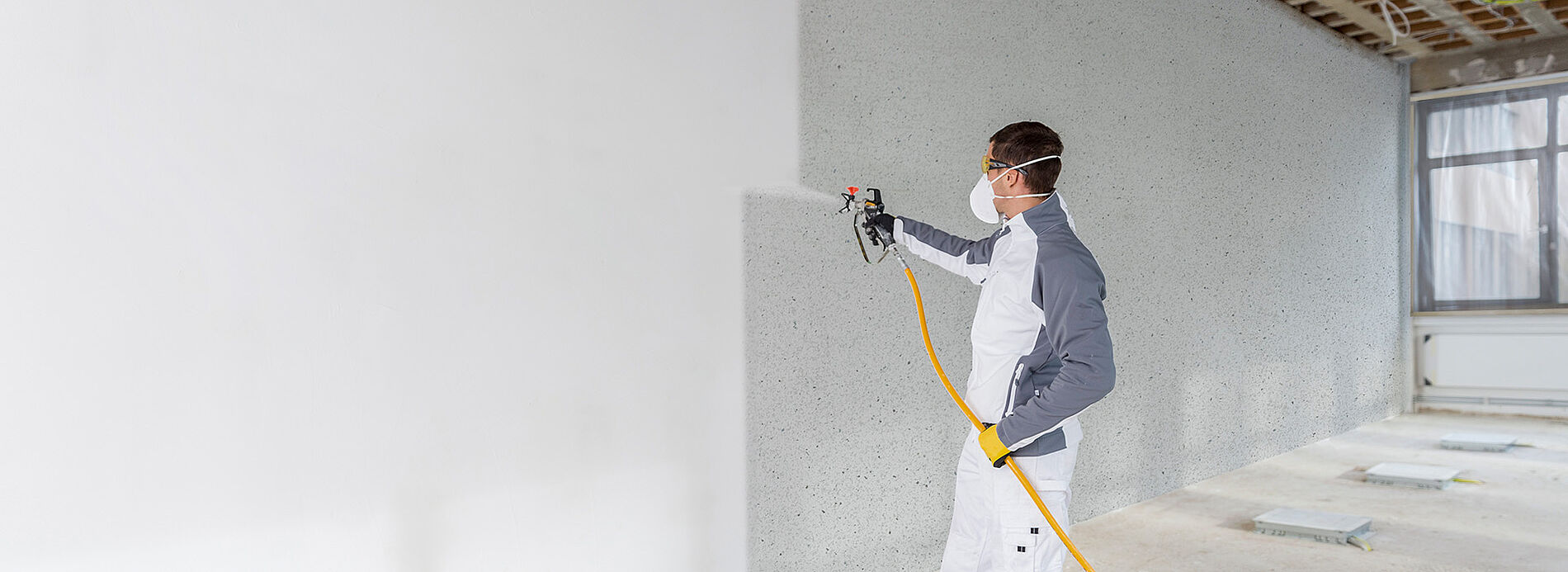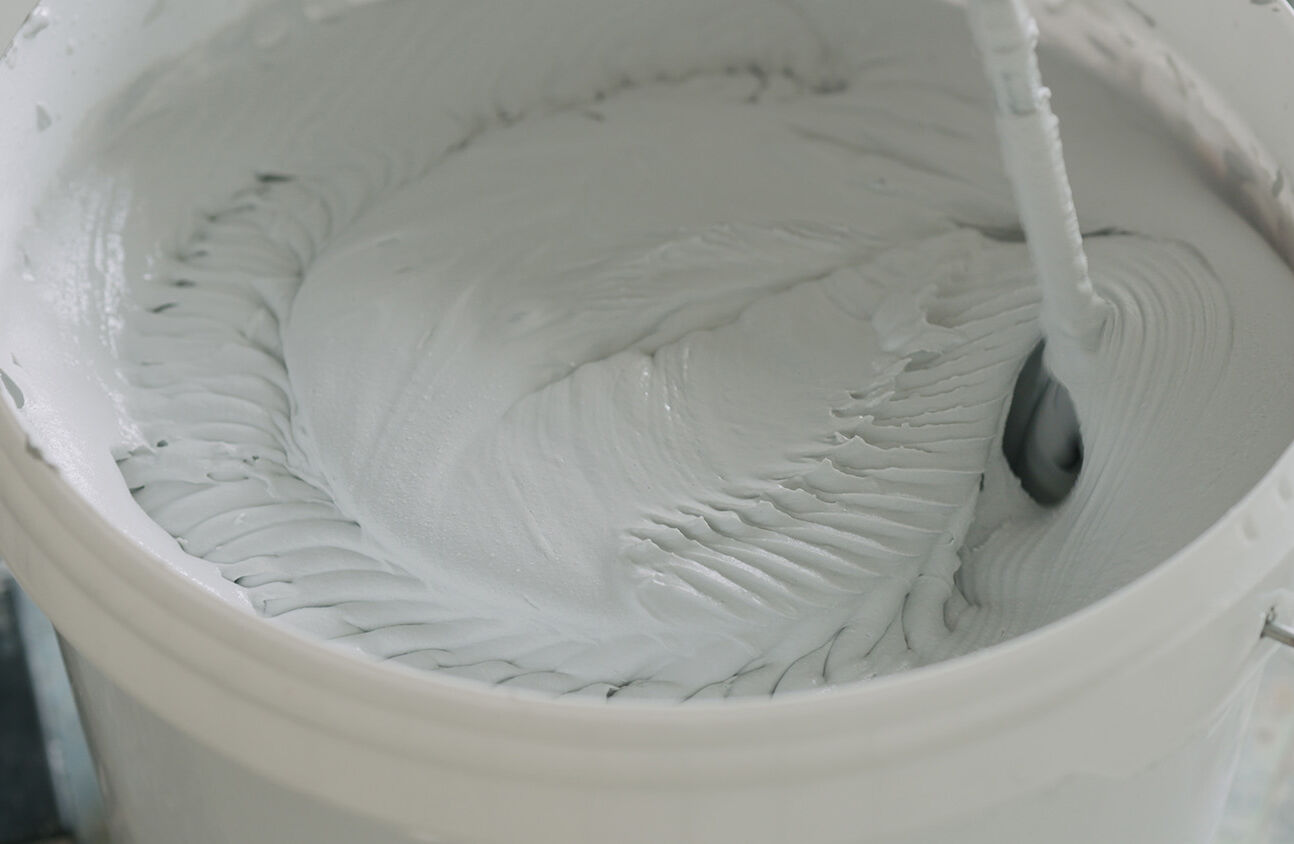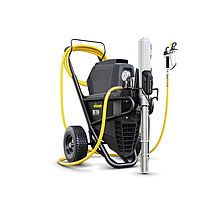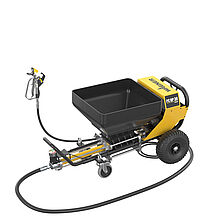Spraying filler: instructions and information
Fillers are an essential tool of the trade for painters and plasterers. Whether it be bare brickwork or a renovation project: walls or ceilings almost always need to be filled first. In this guide, we have put together the reasons why filling compound is needed, how you can spray it with a spray device from WAGNER, and what you need to be aware of.









